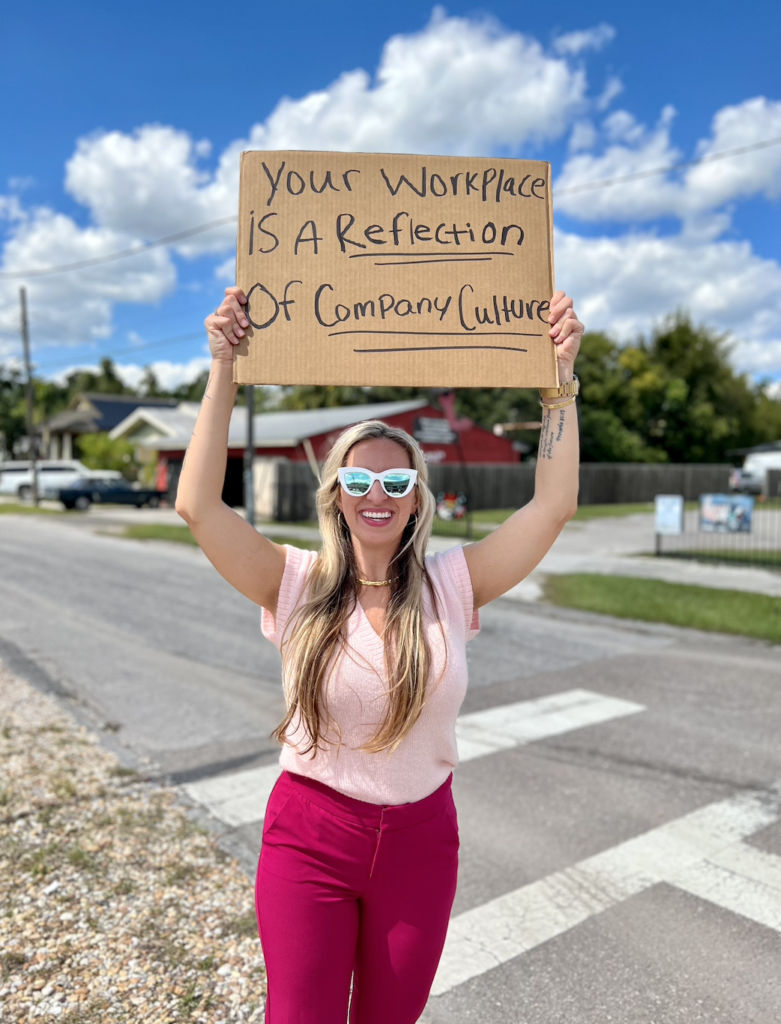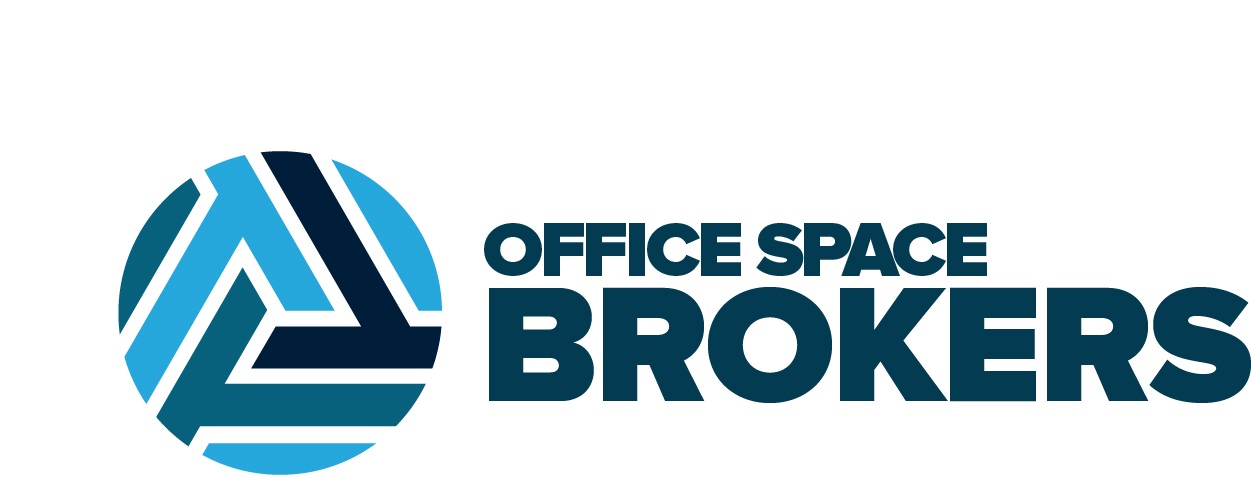
According to Business news daily when searching for a new job, 77% of respondents said they would consider a company’s culture before applying. Corporate culture is a serious issue. According to Deloitte research, many business executives surveyed saw staff retention and corporate culture as an “urgent” issue. Given that business culture has a direct bearing on employee retention, particularly among the millennial age and younger, it stands to reason that it also has a direct bearing on the number of employees who stay with a firm.
Your workplace is a reflection of the company culture. Whether actively developed or just developed through time, every business and workplace has a culture. Cultures can be positive, feel positive, and act positively. Or they might be awful, feel bad, or behave badly. And there is a middle ground between the two. A great corporate culture is one that is shared by all employees, from the newest intern to the CEO. Culture involves putting your underlying principles into action. The business’s responsibility is to guarantee that each employee is aware of the requirements and aligns properly. A company’s culture should be one that naturally fosters inquiry, respect, cooperation, and employee wellness. In most circumstances, deciding whether something is “excellent” or “poor” is a matter of personal preference. If you want a relaxed atmosphere, a fast-paced, competitive culture will not suit you. Conversely, there is no doubt that each culture is unique, even if it makes sense for that particular industry. One of the main characteristics one company differs from another in the same sector is through culture.
The quality of an employee’s work life will be greatly influenced by the setting in which they spend that time. People are more willing to put in long hours and stick with a company for the long term if they work for one with a strong culture that matches their personal values and mission. People are considerably more inclined to quit, or even worse, underachieve while still working for the organization if the culture does not match their own personal feelings.




